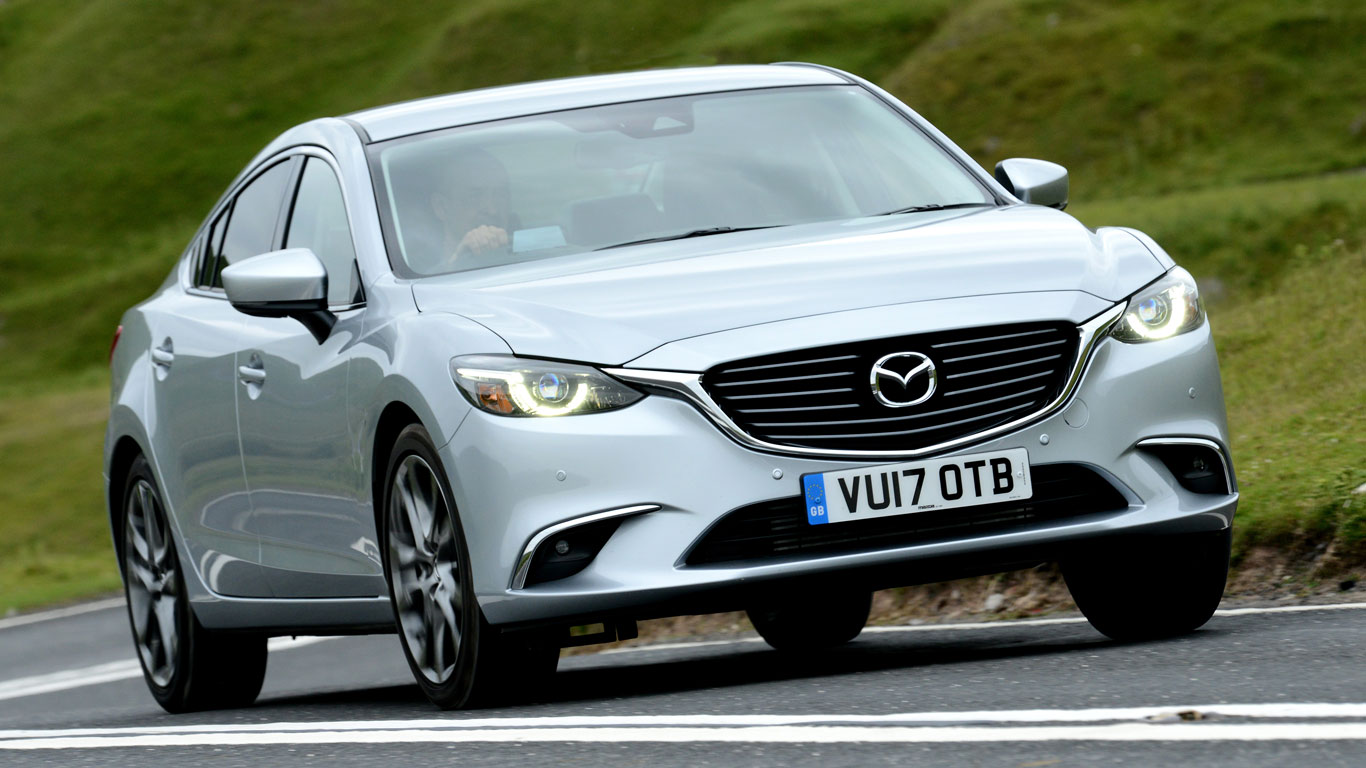
We take it as a given that a sports car or hot hatch will be great fun to drive, some more so than others. But what of the seemingly ‘non-sporty’ cars that are surprisingly good at tackling a British B-road? We’ve created a list of 20 cars you’ll enjoy driving.
Alfa Romeo Giulia Veloce
The Giulia Quadrifoglio is a bit of double-edged sword for Alfa Romeo. On the one hand, it’s the perfect halo model: a fire-breathing flagship with the essence of Ferrari. But it’s easy to forget there’s a complete range of vehicles jostling for showroom space beneath the 510hp M3-beater.
Take the Giulia Veloce, which undercuts the Quadrifoglio by a full £23,335. Sure, a 2.0-litre turbocharged engine developing 280hp might sound like sloppy seconds, but this rear-wheel drive saloon is beautifully balanced, while the eight-speed transmission is a joy to use. The question is: would you forever be kicking yourself for choosing ‘Giulia Lite’ and not going full-fat?
BMW i3
Head, meet heart. The BMW i3 is proof that going green shouldn’t come at the expense of having fun. A lightweight carbon-fibre-reinforced-plastic passenger cell combines with a low and centrally-positioned battery pack to deliver supreme agility, maintaining BMW’s acclaimed near 50:50 weight distribution.
The new i3 S, revealed at the Frankfurt Motor Show, will become the flagship of the range and the closest the EV has come to a performance model. Lowered sports suspension, a wider track and a small increase in performance are the highlights, along with a butch new look.
BMW 3 Series
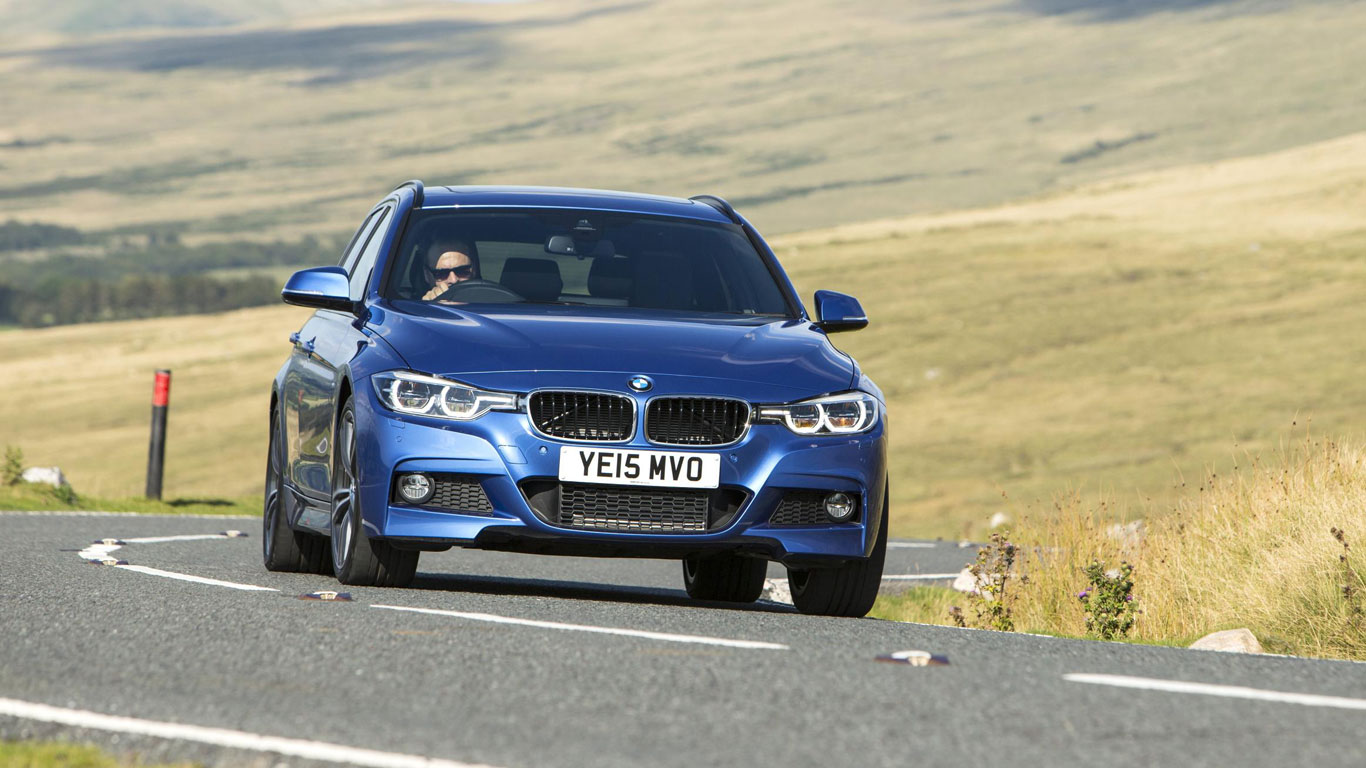
Even today, five years on from its launch, the current BMW 3 Series remains the class leader for those in search of razor-sharp dynamics. It’s always been this way, ever since the E21 3 Series was unveiled in 1975.
Today, the 3 Series faces an assault from all sides, with BMW X models the enemy from within and the likes of the C-Class, A4, XE and Giulia attempting to muscle in on the compact exec’s patch. For us, the 3 Series Touring is the perfect antidote to modern crossover, offering space, dynamics and classy looks.
Ford Fiesta
Of the gazillion Ford Fiesta owners in the UK, we wonder how many truly appreciate its outstanding dynamics. The seventh generation model picks up where the old version left off by cementing its position as the supermini of choice for keener drivers.
The 1.0-litre EcoBoost petrol engine remains a highlight, but the Fiesta is a terrific steer, no matter what the choice of engine. It bodes well for the new 1.5-litre three-cylinder turbocharged Fiesta ST, set to arrive in 2018.
Ford Focus
The Focus of 1998 had so little in common with the outdated and stodgy Escort, it’s hardly surprising that Ford felt that a new name was in order. It revolutionised the segment, with ‘New Edge’ styling combining with sharp dynamics to move Ford’s mainstream family hatch close to the Volkswagen Golf. Two decades on, we maintain that a three-door Focus 1.6 Zetec is a terrific driver’s car.
In truth, the current Focus is beginning to show its age, but it remains one of the best cars in its class, offering ‘warm hatch’ thrills on a British B-road. We’d opt for the 1.0-litre EcoBoost engine for maximum fun.
Mazda 2
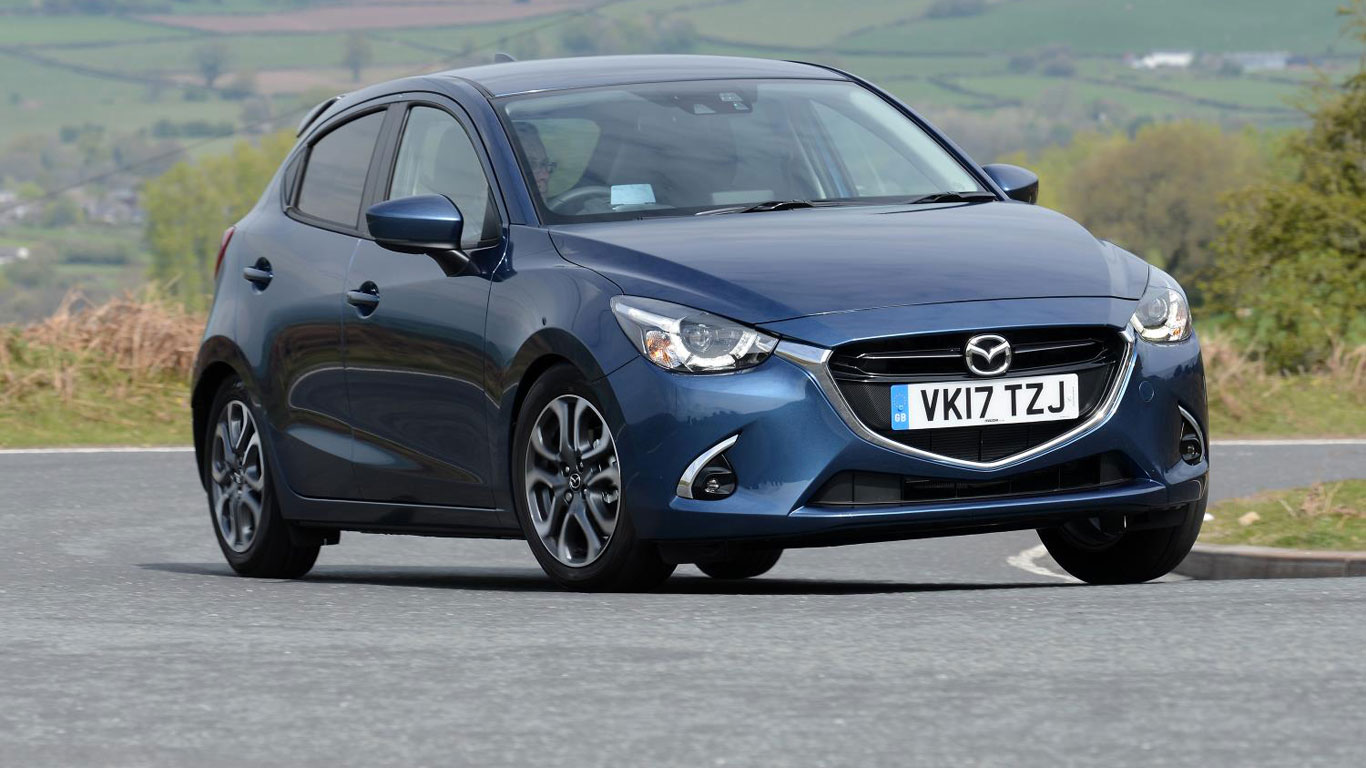
You’d forgive Mazda if it decided to sit back and rest on its laurels, congratulating itself on a job well done. After all, the MX-5 has been the definitive junior sports car since 1989. But no, not only has Mazda refined the MX-5 to within an inch of perfection, it has sprinkled some Eunos magic dust across the entire range.
Take the Mazda 2, which feels like an MX-5 supermini. High praise indeed. At 1,050kg, it’s light in an old-school way, while the five-speed gearbox is MX-5-esque. Opt for one of the 1.5-litre Skyactiv petrol engines for the best driving experience this side of the Ford Fiesta. You know something, it might be even better.
Mazda 3
“Traditionally, enthusiastic company car drivers have opted for a Ford Focus or (if they’re lucky), a BMW 1 Series. But the Mazda 3 is a brilliant drive, taking traits such as its snickety gear change and direct steering from the MX-5 sports car. Body-roll is well controlled, while the suspension soaks up bumps well – even on the 18-inch wheels of our test car.”
That’s how we summarised the most overlooked car in the family hatchback segment when we reviewed it at the back end of last year. Subjectively, the Mazda 3 is the best looking car in its class, while a premium-feel interior puts its rivals to shame. What a pity there’s no MPS version…
Mazda 6
There’s a ‘Russian Dolls’ thing going on here, with the Mazda 6 joining the smaller 3 and 2 to complete a hattrick for the Japanese firm. Shun Mazda’s four-door saloon in favour of the Germans at your peril, because the Mazda 6 is one of the greatest all-rounders, with styling that makes the Giulia look a little ‘plain Jane’.
In many ways, the Mazda 6 is the Ford Mondeo of the past: the front-wheel drive and affordable challenger to the BMW 3 Series’ throne. It’s just a shame that the engine choice is so limited. Bring back the MPS.
Mazda CX-3
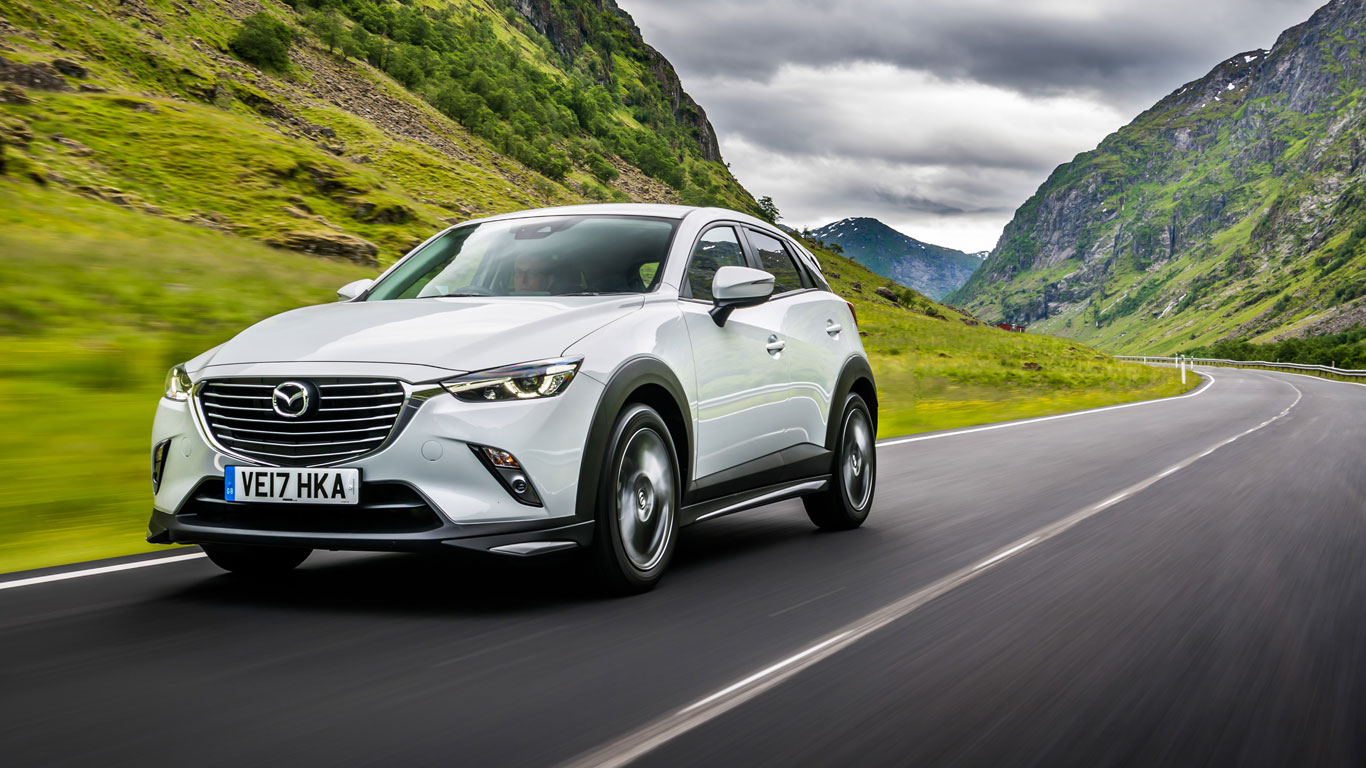
We make no apology for featuring a fourth Mazda on our list, not least because the CX-3 is a rare example of a fun-to-drive crossover. “It’d be wrong to say the CX-3 is as enjoyable to drive as the iconic MX-5,” we said in 2015, “but it successfully delivers on the promise of being sufficiently sporty to add driving pleasure to your journey.”
Prices start from £18,495, but Mazda offers a GT Sport version, powered by a 120hp Skyactiv petrol engine and offered with a choice of six-speed manual or automatic transmissions. It might cost £22,895, but the styling kit gives it a much sharper look.
Mini One
Mini likes to shout about ‘go-kart handling’ and will do all it can to tempt you into one of the sportier and more expensive models. And, yes, the Cooper, Cooper S and John Cooper Works models are tremendous fun. But opt for the entry-level Mini One and you could save as much as £10,000 on the cost of a JCW.
The 1.2-litre three-cylinder engine might deliver a mere 102hp, but the performance sweet spot is between 4,000 and 6,000rpm, meaning it requires some old-school revs to get the best from it. When we drove one, it put us in mind of the original Suzuki Swift Sport, which is high praise indeed.
MG 3
The MG 3 is hamstrung by its 1.5-litre petrol engine, which feels outmoded in a world of downsized turbocharged motors and electrification. It would have been acceptable in the 90s, but 106hp and 51.5mpg from a 1498cc unit doesn’t cut it in 2017.
But in just about every other respect, the MG 3 is a cracking car to drive. The well-weighted steering offers genuine feedback, while the suspension was tuned for British roads. It adds up to a package that is far better than you’d expect, and even the top trim 3Style model costs a mere £11,695.
Nissan Pulsar DIG-T 190
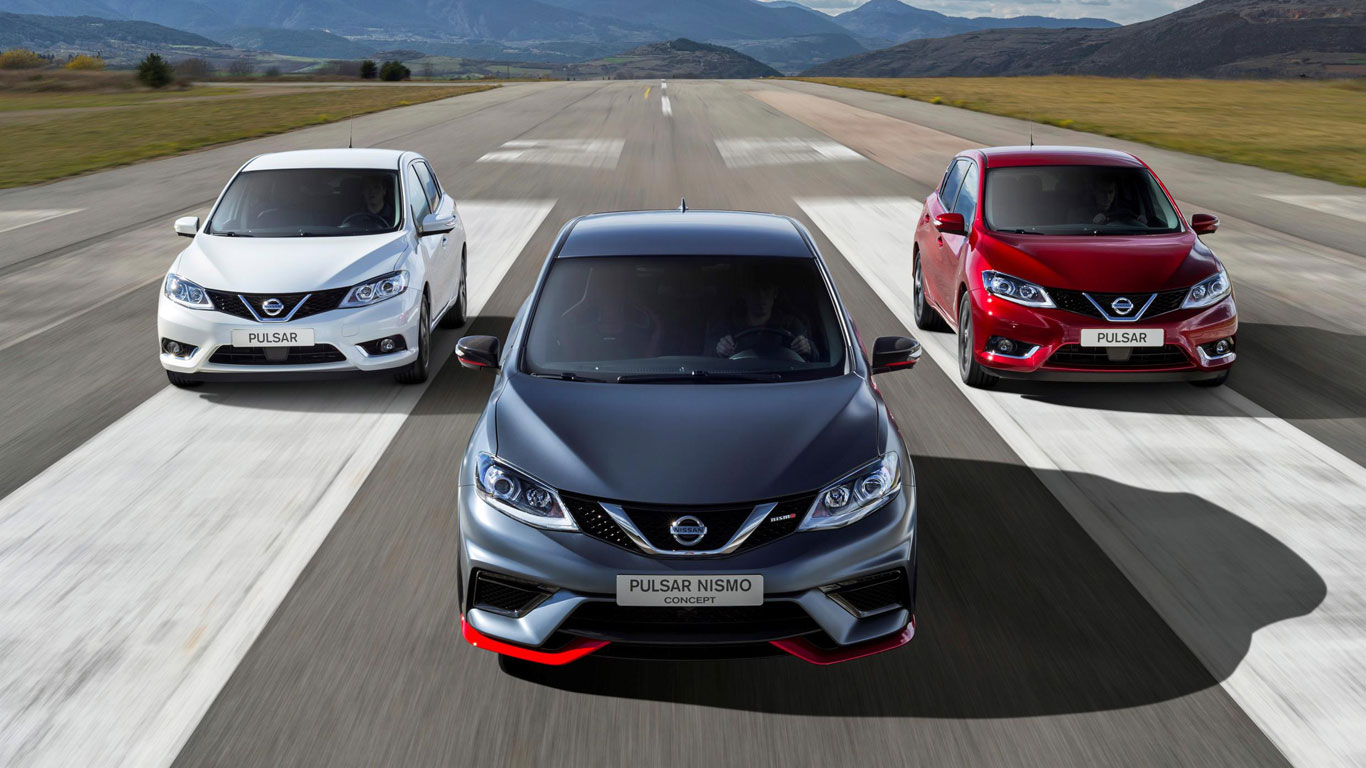
The Nissan Pulsar has the feel of a square peg in a round hole: a family hatchback in a world obsessed with crossovers and SUVs. Which is all the more surprising given the fact that the Pulsar is essentially a born again Almera, the car ditched by Nissan when it embarked on its crossover adventure.
And we’re not going to pretend that the Pulsar DIG-T 190 is a true driver’s car, because it isn’t. But the 1.6-litre petrol engine offers a little sweet spot around 3,500rpm, where the turbocharger encourages you to use the full force of the 190hp at your disposal. It feels rapid, while the floaty-soft ride makes the experience all the more comical. A car to hire and enjoy.
Peugeot 308
Where did it all go wrong for Peugeot? In the 306, the French giant had a class-leader which was enjoyable to drive, even in the most basic of spec. But it was replaced by the lacklustre 307, which in turn was superseded by the dreary first generation 308. While we can’t forgive Peugeot for its barren years, the current 308 goes some way to redemption.
It rides and handles as well as any other car in its class, while there isn’t a weak link in the engine range. Some might find the driving position awkward, while others will revel in the tiny steering wheel.
Renault Twingo SCe
Sadly, the rear-engined Renault Twingo isn’t quite the firecracker we had hoped, with even the GT failing to deliver on its promise. But that doesn’t mean the Twingo is without appeal. In the city, the Twingo’s turning circle is comically good – the front wheels turn a full 45 degrees – so you’ll be doing 360s at any given opportunity.
Our advice would be to opt for the cheaper and naturally aspirated 1.0-litre SCe version, which offers a purity of drive absent from the flawed 0.9-litre turbocharged TCe 90. You’ll enjoy taking the Twingo to the redline time and time again, before enjoying another 360º turn, just for the hell of it.
Skoda Superb 280 SportLine
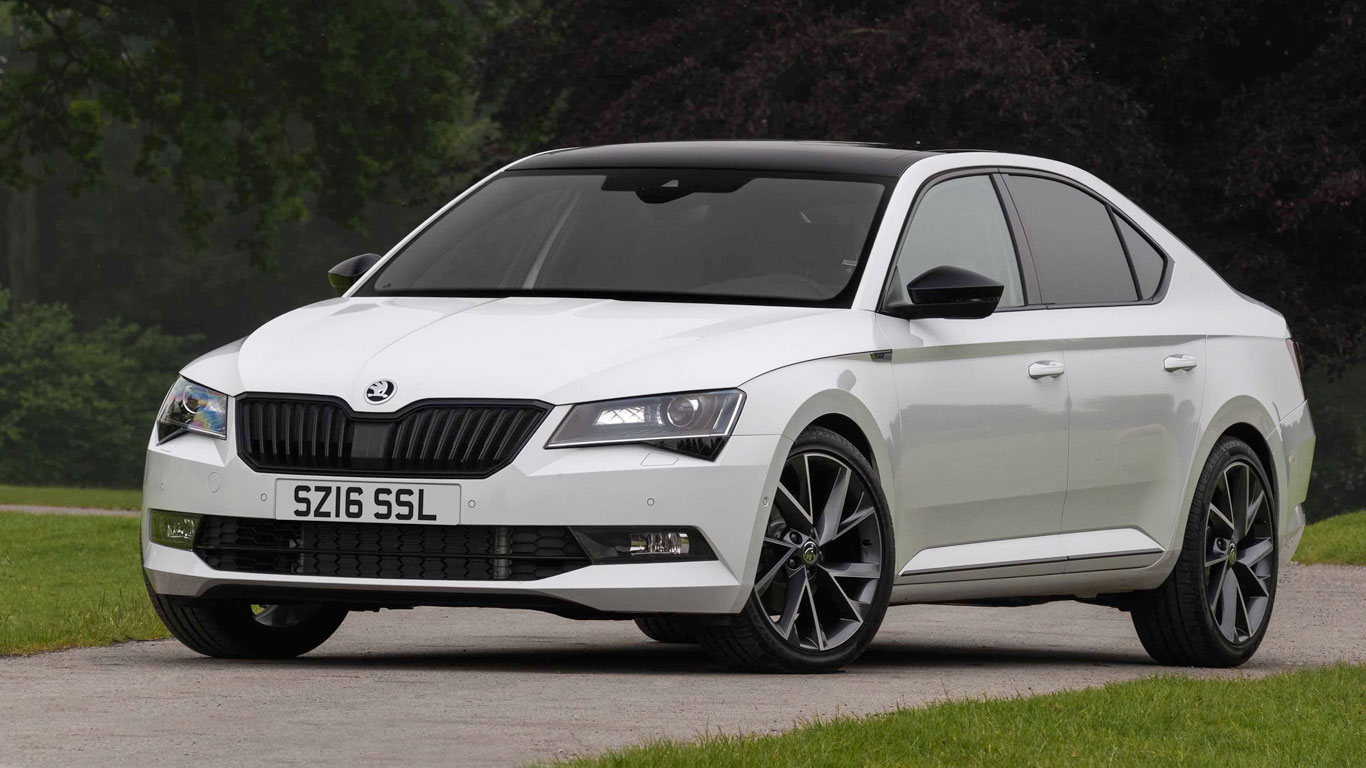
No matter what the engine or spec, we’re huge fans of the Skoda Superb. We love its cavernous practicality, understated styling, excellent value for money and the fact that it hasn’t got a German badge. But best of all, we adore the 280hp version.
This is the automotive equivalent of having your sponge cake and scoffing it in one go. An unassuming saloon or estate car with a 2.0-litre petrol engine, yet capable of hitting a top speed limited to 155mph and 62mph in just 5.8 seconds.
Skoda Yeti
Be quick, because the Skoda Yeti is living on borrowed time, about to be usurped by the anonymous sounding and dull looking Karoq. Visit the Skoda website today and you’ll be told that Yeti Outdoor models are no longer available to factory order, so it’s a case of taking whatever stock is left in the dealer network. Sad times.
Recently, we took a Yeti 2.0 TDI 4×4 on a 1,500-mile trip across Wales, Ireland and Northern Ireland, which reminded us just how much we’re going to miss it. From mixing it with motorcyclists on the best roads of Wales, to tackling the drenched lanes of Northern Ireland, the Yeti was near driving perfection. A shame it has to go.
Suzuki Baleno Boosterjet
Suzuki has split its range right down the middle, with some cars offering emotional qualities, while others are strictly rational affairs. The Baleno is supposed to sit alongside the Celerio as a rational purchase, but we beg to differ.
Sure, it’s not as good to drive as the Swift, but the bonkers 1.0-litre Boosterjet engine adds a new dimension to this otherwise dull but worthy hatchback. Plant your right foot and the Baleno gathers pace remarkably quickly, with peak power arriving at 5,500rpm. Boosterjet: great name, but even better engine.
Suzuki Vitara S
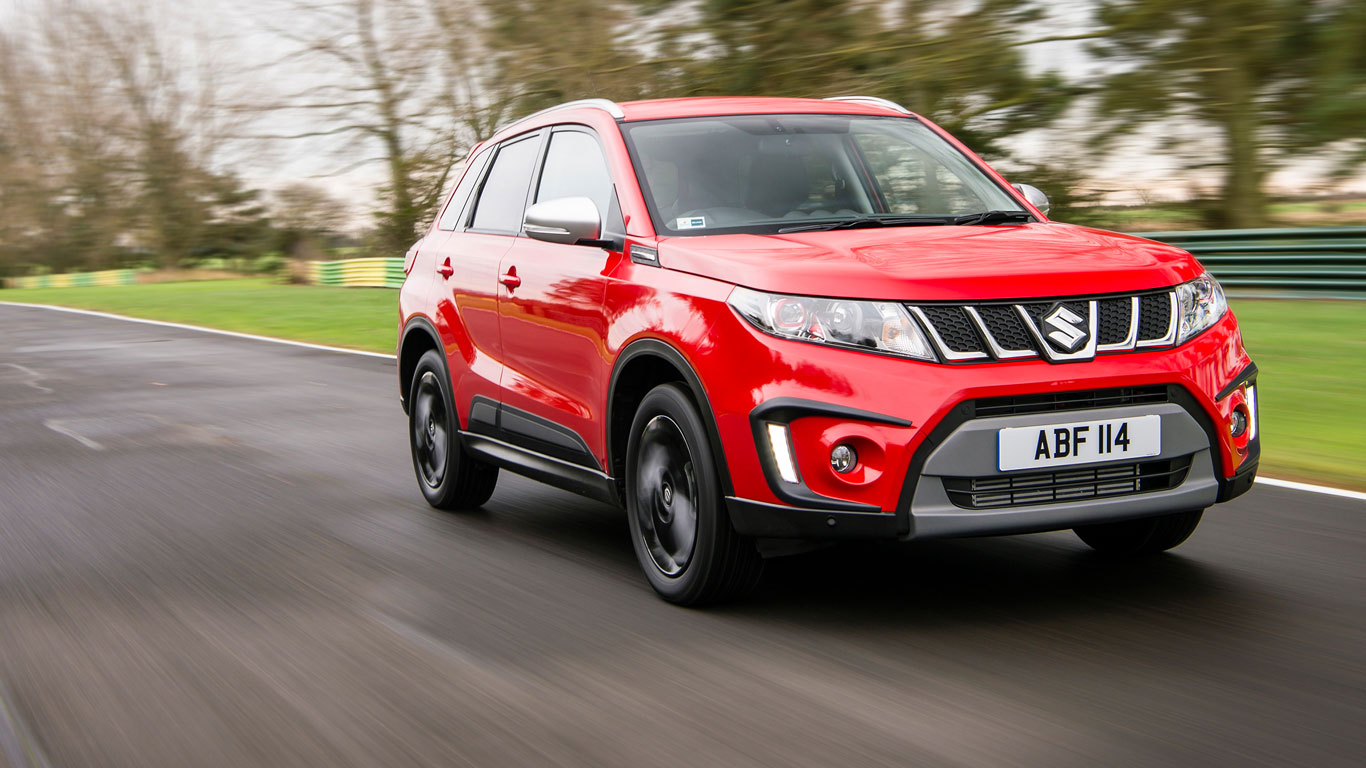
“The standard Vitara, especially when fitted with four-wheel drive (standard on the Vitara S), handles really well. Body-roll is well controlled, while the steering provides plenty of feedback. It’s definitely a ‘warm hatch’ among crossover SUVs – even more so when fitted with this eager engine.”
We were extremely positive about the Vitara S when we reviewed it in April 2016, proclaiming it to be “the hot hatch of SUVs.” The 1.4-litre turbocharged petrol engine is a peach, while the 1,210kg kerb weight makes it pretty nimble.
Volkswagen Up 1.0 TSI
Is this the closest you can get to a modern-day Mk1 Golf GTI? The Volkswagen Up is our favourite city car by some margin – taking the Citigo and Mii out of the equation – and the turbocharged 1.0-litre engine is the icing on a very tasty and compact cake.
The 1.0 TSI unit develops 90hp, enough to take the 0-62mph time below the 10-sec mark, some 4.5 seconds quicker than the lowly 60hp version.
Volvo XC90 T8
There’s nothing ordinary about the Volvo XC90. In fact, it’s probably our favourite full-size SUV, bar none. It’s an extraordinary piece of kit, with one of the best interiors this side of a Rolls-Royce, understated styling and enough safety kit to keep a Euro NCAP inspector happy for a decade.
For maximum joy, opt for the Twin Engine T8, which pairs a 320hp petrol engine with an 87hp electric motor to deliver 407hp. In ‘power’ mode, this thing could give a sports car driver sleepless nights. It really is that good.
ALSO READ
BMW M3 30 Years American Edition revealed
Drivers most likely to crash driving home from work
Lotus has created the ‘ultimate Elise’